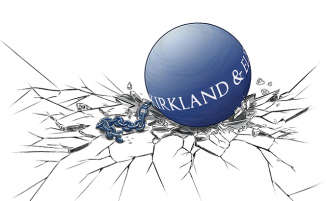‘Who would possibly invest in a law firm?’ asks one leader this month, reflecting a common view. Yet the current vogue for floating law firms suggests momentum is indeed building, more than a decade after the introduction of the Legal Services Act. In recent weeks, DWF has turned heads with talk of a £1bn float this year. While the price – not officially attributed to the firm – looks fanciful, even a standard £400m-£600m valuation would be by some way the largest legal float yet seen. The last 12 months have seen a series of offerings, with Knights in June raising £50m and others recently braving the market, including Rosenblatt, Gordon Dadds and Keystone Law. And while larger commercial law firms publicly play down the prospects of raising outside capital, there is no doubt it is now getting more active consideration.
Yet for institutional lawyers, the basic tension in attracting outside shareholders remains. Large law firms generate plenty of capital and have the advantage of an owner/manager structure that closely aligns to the business’ needs and interests. It has never been that clear how the very different incentives of outside investors can be aligned with partners, beyond giving a payout to older partners, a poor outcome for the business as a going concern. Law firms are built on ‘elevator assets’, partners bred to expect huge autonomy make a lousy bet for outside shareholders. Continue reading “Law firm IPOs still don’t make much sense (but soon could)”













